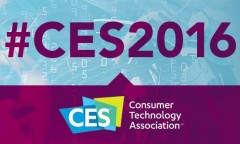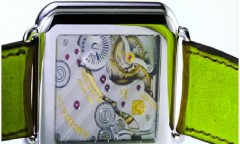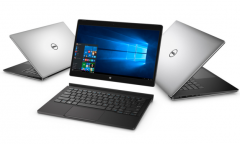By Ellen Fraser, | January 09, 2016

Project Tango allows devices to map the 3D space around them in real time using a combination of cameras and sensors
Google and Lenovo partnered up to create a new smartphone that makes use of a 3D augmented reality technology known as Project Tango.
The search engine giant has been talking up Project Tango for three years. Project Tango is moving from experiment to a feature that Lenovo hopes will sell phones. Tango, unveiled nearly two years ago, allows devices to map the 3D space around them in real time using a combination of cameras and sensors, Wall Street Journal reported.
Like Us on Facebook
The device can tell distances between spaces that could be helpful if a user wants to buy some furniture or redecorate a room. The technology could also be used for new types of mobile games.
The latest technology could place digital characters in real space and have them follow the user around through the camera. It is a technology called augmented reality with many potential applications, such as seeing how new furniture might look in a room.
Project Tango-enabled devices can recognize places they have been before, like living room or public spaces, according to The Verge. Unlike GPS, Project Tango motion tracking works indoors, allowing users to navigate precisely through a shopping mall, or even find a specific item at the store where that information is available.
Lenovo and Google have said it will be less than 6.5 inches in size. The device will be powered by a Qualcomm Snapdragon processor and will come in under $500 sometime this summer. The company is also looking for apps to include with the new device. Developers can submit app proposals to win funding and be included on the upcoming smartphone at launch.
Johnny Lee, a member of the Tango team at Google, said that the sense of space and motion provided by Tango will now be built into a mobile phone.
Lee used Tango's sensors at a press conference held in Venetian Hotel in Las Vegas to show several applications of the new technology, including an animated cat and dog that could follow the holder of the device, a sample of gaming possibilities for the technology.
This solution from Google and Lenovo may be more appealing to consumers who do not want to explore the world through a headset, but may want to use their phone to navigate the mall more easily.
-
Use of Coronavirus Pandemic Drones Raises Privacy Concerns: Drones Spread Fear, Local Officials Say

-
Coronavirus Hampers The Delivery Of Lockheed Martin F-35 Stealth Fighters For 2020

-
Instagram Speeds Up Plans to Add Account Memorialization Feature Due to COVID-19 Deaths

-
NASA: Perseverance Plans to Bring 'Mars Rock' to Earth in 2031

-
600 Dead And 3,000 In The Hospital as Iranians Believed Drinking High-Concentrations of Alcohol Can Cure The Coronavirus

-
600 Dead And 3,000 In The Hospital as Iranians Believed Drinking High-Concentrations of Alcohol Can Cure The Coronavirus

-
COVID-19: Doctors, Nurses Use Virtual Reality to Learn New Skills in Treating Coronavirus Patients











